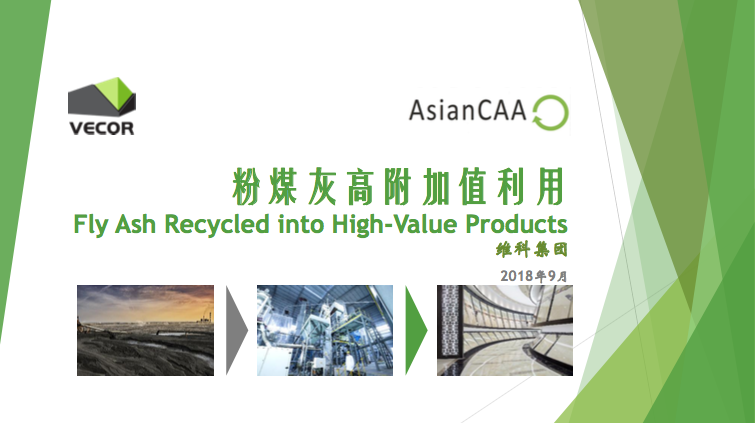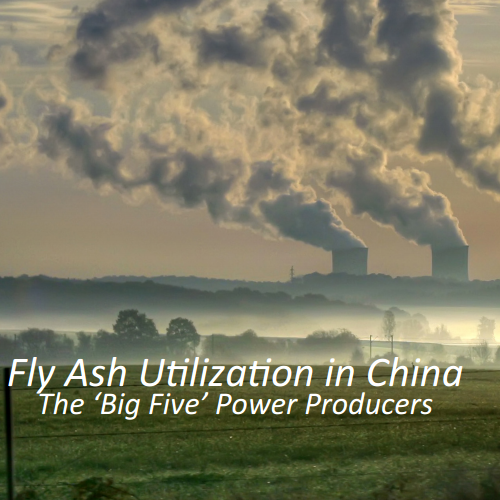CoalTrans India 2019: AsianCAA to Advise on India’s New Importing Policies
/Delhi, India
The annual Coaltrans India event will take place this February 18-20, at the Taj Palace Hotel in New Delhi, India. Coaltrans events are very well established in the region, with 18 years of proceedings with an annual attendance of approximately six hundred international industry professionals.
The coal industry in India has changed drastically in the past few years, which makes this conference key in bringing decision makers together to discuss changes and strategies. India has transformed from a net exporter to importer, changing the way business is done, and who controls the flow of resources. Demand for coal-fired power increases every year, making electricity increasingly expensive to consumers. The government is very supportive of import initiatives, however there is still considerable demand to be satisfied by outside sources. The largest contributors to India coal are Indonesia and the US (Click below to read about Indonesian coal trends from our last blog post). India entering the import business of coal will be a big topic at this year’s event.
Mr. David Harris, Chairman of the AsianCAA and industry leader with over 20 years experience in developing green technology, new materials and supply chain service companies will be in attendance alongside other members of the AsianCAA. The Association plans to be a meaningful contributor throughout Coaltrans proceedings. Mr. Harris will lead a talk and presentation regarding the logistics of import/export as well as new and interesting technologies surrounding processing and handling. This will be AsianCAA’s 4th visit to a Coaltrans event.


